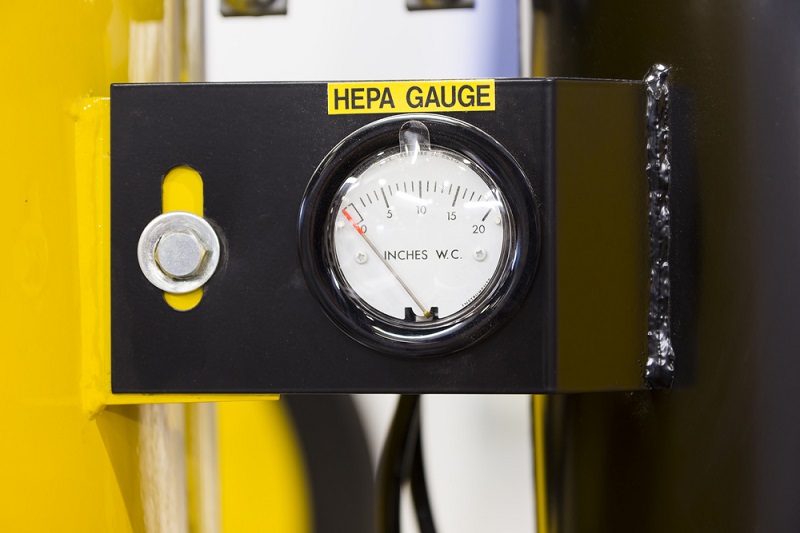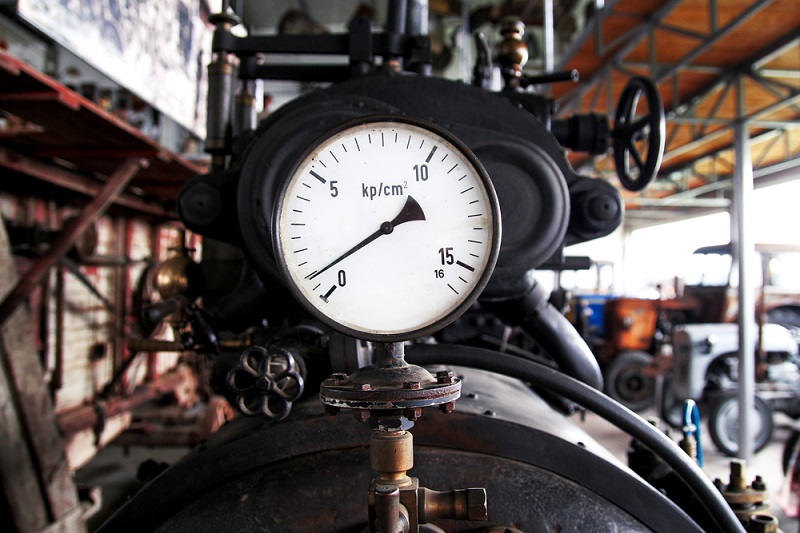Vacuum or pressure gauge is a device used to measure the force applied to the surface of the liquid. This is usually derived in force per meter area and helps in analyzing the pressure of fluids on other machines. The vacuum pressure gauge has the ability to measure the pressure that is lower than the atmospheric pressure and is set at a negative point or zero. Most of the measurements indicated by this device are relative to the atmospheric pressure as the zero points in such cases stands to be the gauge pressure reading.
For accurate readings, especially when the pressure is extremely low, a gauge that utilizes total vacuum and provides reading from zero can be used, this measures the reading on an absolute scale.
Before focusing on the functions of a vacuum gauge let’s know more about the different types of gauges and how do they vary from one another.

Understanding the Different Types of Gauges
The gauges are based on three important aspects and they are- pressure range, direct vs. indirect acting gauge and their gas sensitivity. These three vital aspects are explained below:
1. The Pressure Range
Gauges come with varied pressure ranges and thus the ideal one depends on where you plan to use them. When selecting a vacuum gauge, ensure that you are aware of its working principles, accuracy, and range of pressures. The factors must be determined according to the specifications of your applications, as there is a particular type of gauge for every requirement. These ranges can be indicated as:
For the ultra-vacuum pressure that ranges below 10-6 Torr, hot or cold cathode gauges are used for superior calibration.
For high vacuum pressure ranging from 10-3 Torr, either hot or cold cathode gauges can be utilized, however, both need frequent calibrations.
For the mid-range vacuum, those about 10-1, there are innumerable options to choose from such as capacitance measurements, thermocouple, and accurate measurement gauges.
For those with low or negligible vacuum having an atmospheric pressure less than 10 Torr can opt for stain vacuum gauge and capacitance sensors suitable to the needs of the device that you use.

2. Direct Vs. Indirect-Acting Vacuum Gauges
Vacuum gauges are broadly classified into two independent categories namely direct pressure and indirect pressure. The indirect gauges have to be calibrated (readings must be adjusted) depending on the actual gas that is present within the system. Therefore, readings in case of indirect gauges are gas dependent. The direct gauges are meant for low vacuum range, while the indirect ones are for high, ultra-high and middle vacuum ranges. An indirect vacuum gauge is further divided into
Those that are able to measure heat transfer
Those that are able to measure molecular drag and viscosity
Those that are able to measure the density of ionizing gas molecules
Before zeroing your research on any gauge ensure what your requirements are and take a decision on the basis of that.
3. Gas Sensitivity
The calibration, especially in indirect gauges are termed as the gas sensitivity factor, which is either given by the manufacturer or has to be determined according to the gas that is seen in the system. This sensitivity is applicable only for the type of gas that is present and thus it can be denoted as gas specific. The standard gas is commonly used in vacuum gauge is nitrogen and its normal relative factor applies to the reading taken.
Therefore, the choice for ideal vacuum gauges does not have to be that complicated, just make a note of the functions and applications and you will be able to unleash one of a kind product in no time.

